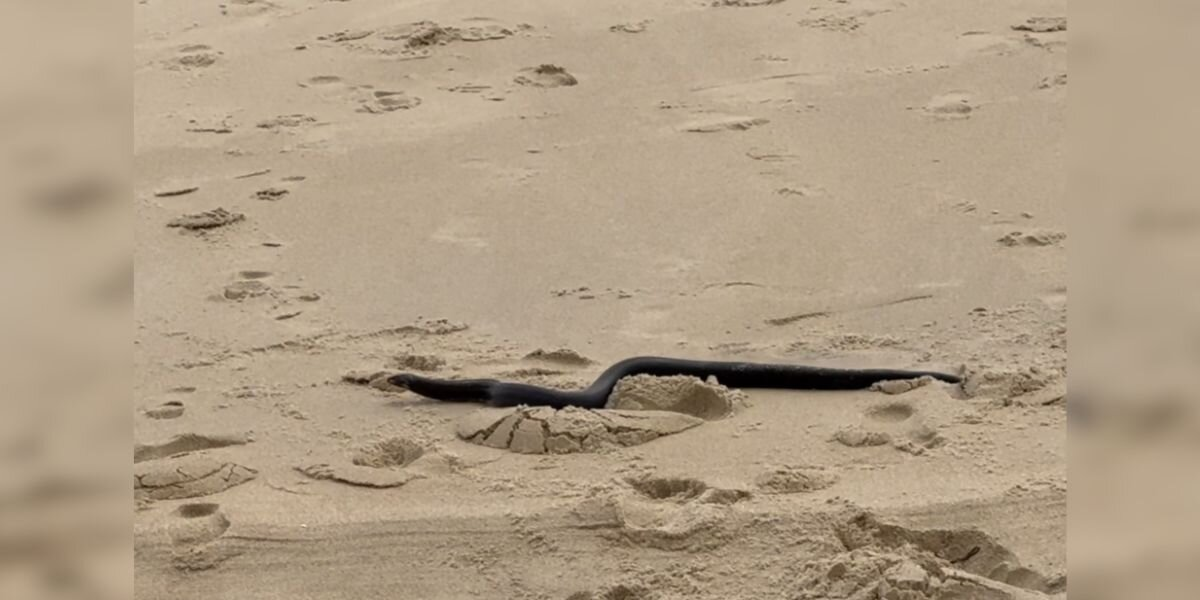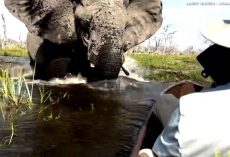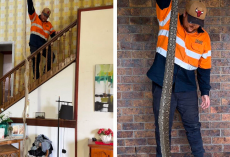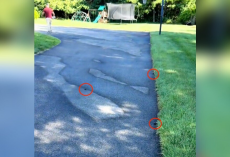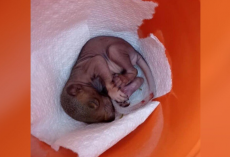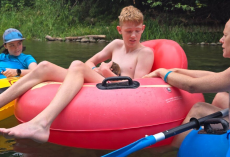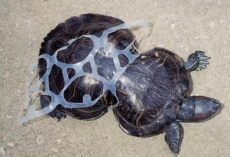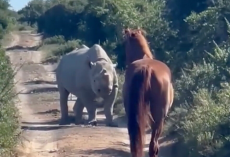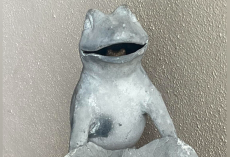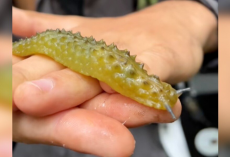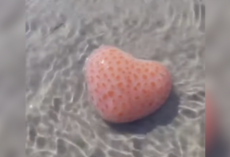On a recent family trip to Ocean City, Maryland, Roxanne Flanagan’s relaxing beach day took an unexpected turn — all thanks to her daughter’s sharp eyes and a surprising “stick.”
“I suddenly heard her screaming,” Flanagan told The Dodo. “I ran down to see what was going on, and all I could hear was, ‘It’s a snake! It’s a snake!’ I figured it was just a stick that washed up.”
But her daughter was absolutely right — it wasn’t a stick at all.
There, wriggling gently across the sand, was a real live snake — an eastern hog-nosed snake, to be exact. Luckily, the snake was completely harmless and had no intention of bothering anyone.
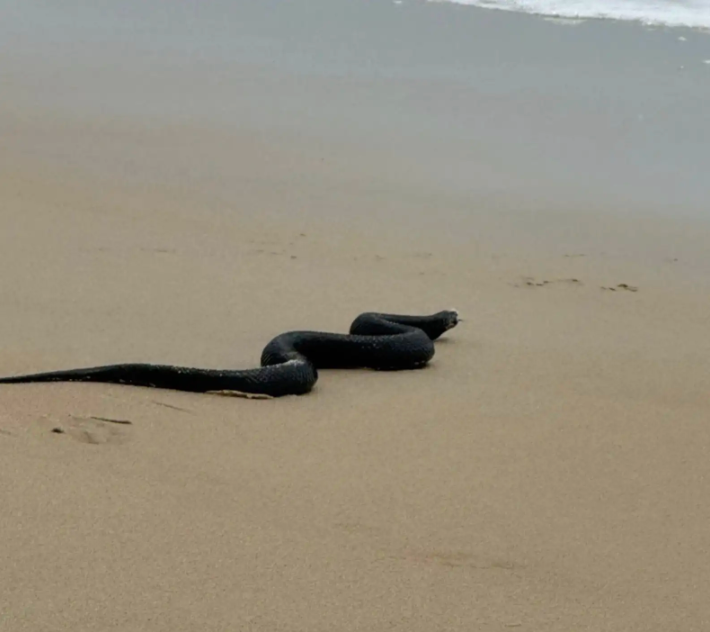
“They’re so non-confrontational that they often roll over and play dead when they encounter humans,” said Beth Schlimm, a herpetologist with the Maryland Department of Natural Resources.
The snake likely wandered too close to the beach crowds by mistake. Eastern hog-nosed snakes are shy by nature and usually prefer quiet, sandy habitats where they can use their upturned, shovel-like noses to dig for food.
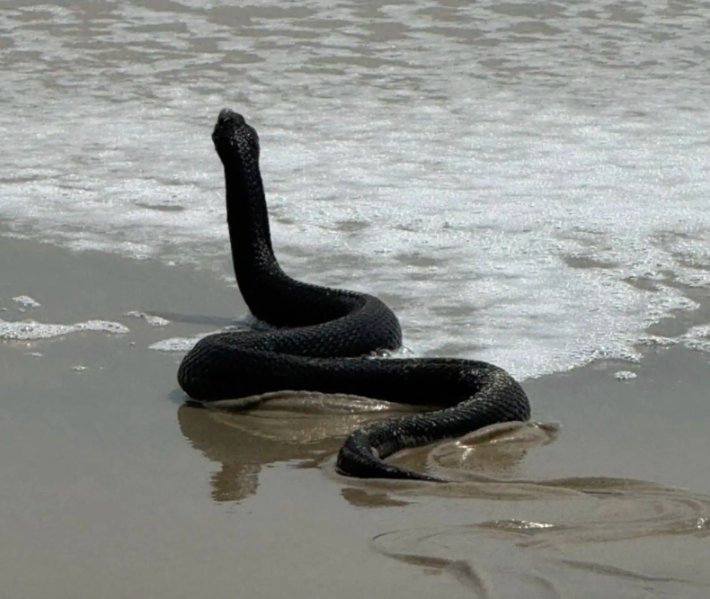
Once Flanagan realized the snake posed no danger, she calmly gathered her kids and helped them give the reptile plenty of space. They stood at a respectful distance, watching as the snake attempted to slither back into the waves — perhaps trying to escape the busy shoreline.
Concerned for the animal’s safety, the family called in local experts. Not long after, Ocean City Animal Control arrived and safely relocated the snake to a more suitable home, away from beachgoers.
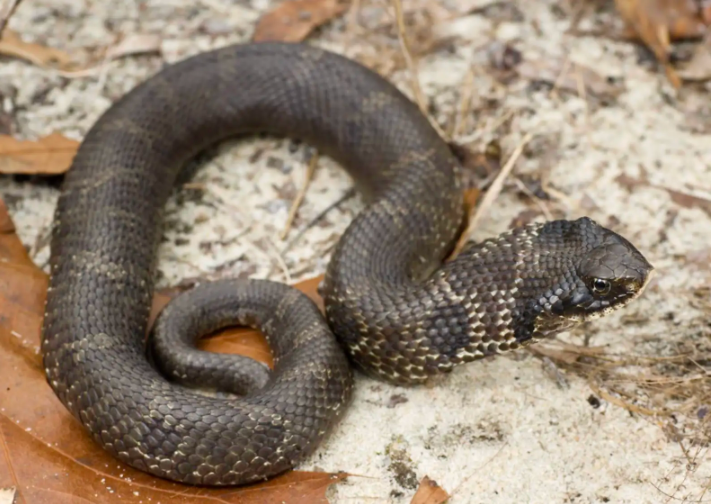
While the encounter may have startled them at first, it turned into a gentle reminder: nature often appears when we least expect it — and it needs our protection.
“The biggest threat to eastern hog-nosed snakes is habitat loss,” Schlimm explained. “The best thing people can do is help preserve the wild spaces these snakes depend on.”
So next time you're walking along the shore and see something odd in the sand — look twice. It might be more alive (and more amazing) than you think.

